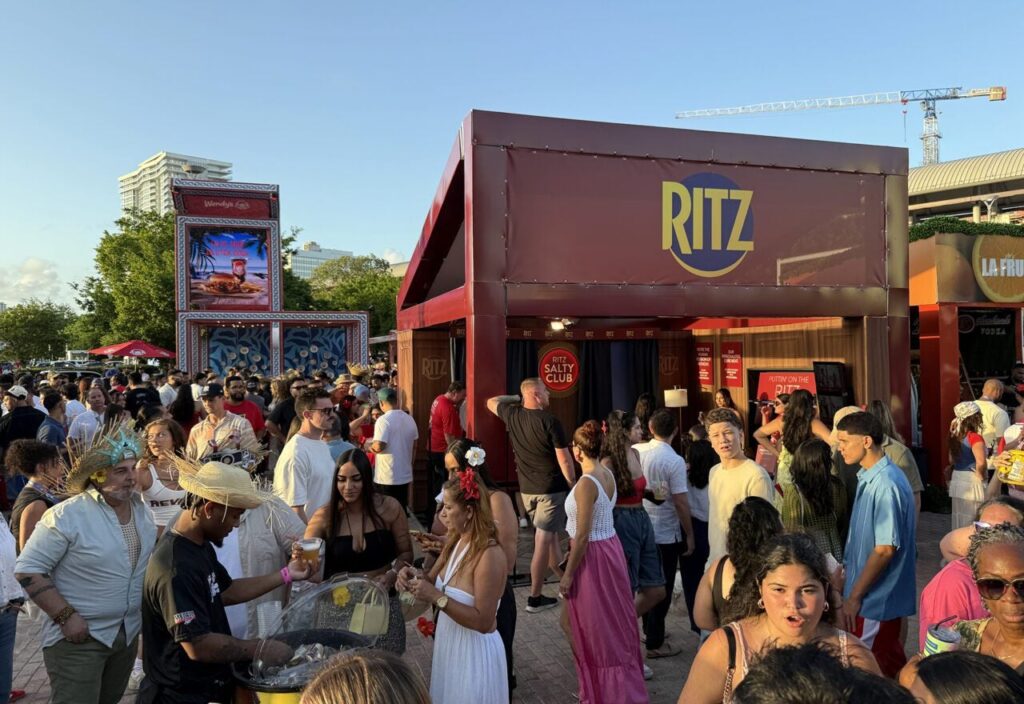Eight O’Clock Coffee has one of the oldest brand names in America. But the company — launched as a private label by A&P Stores in 1859, sold to an investment group in 2003 and acquired by India-based Tata Coffee earlier this year — felt it was being perceived as old-fashioned and out of step with young coffee consumers.
The answer was a DRTV campaign designed to drive viewers not to a toll-free number but to a Web site, where they can download a discount coupon to be redeemed at their local supermarket. And it seems to be working.
Traffic to the brand’s home page has gone up 230% since the spots began airing in August, while unique visits have climbed more than 280%.
Linking DRTV and the Web is an increasingly popular strategy, according to Tim O’Leary, CEO of Respond2, the direct response agency that designed the campaign. Respond2 has done it for clients like Procter & Gamble and vitamin seller Pharmavite.
In Eight O’Clock Coffee’s case, two TV spots present consumer testimonials about the coffee and a quality message involving a character called the “Caffeinated Diva.” These spots, appearing in 30-, 60- and 120-second lengths, also can be viewed on the Web site.
O’Leary said clients like the longer spots, “especially when we can include powerful testimonials.
Besides offering the coupon, the Web site lets visitors view the full-length TV spots.
Eight O’Clock was interested in testing both the comparative impact of the two spots and that of two discount offers, for either a $1 or a $2 coupon. “Diva” won out and is being shown more often than the other ad; meanwhile, the discount has settled in at $2.
“We consider we’re in the ‘value gourmet’ segment, offering a coffee-house flavor but at a supermarket price,” said Jeff Malloy, Eight O’Clock’s brand manager. “We felt that the integrated campaign would let us hit our quality points on TV spots but then would bring viewers to our Web site, where we also could stress the price message. We’re hitting both ends of the value-gourmet proposition.”
The campaign, running on national cable until the end of the year and in four core major metro markets, uses multiple URLs to aid in tracking impact from specific media buys. Consumers who miss the URLs can link to the DRTV content and discounts at the brand home page (www.eightoclock.com).
In the TV spots, Eight O’Clock makes use of the findings of a blind taste test that showed consumers preferred the brand to Starbucks’ house blend. Both spots stress the consumer preference findings, and both mention the Starbucks brand explicitly — a move reminiscent of Burger King naming McDonald’s in its ads.
“My first question was, ‘Are you willing to take on Starbucks?’” O’Leary said. “A lot of times clients have some pretty amazing research but aren’t willing to talk about it for fear of litigation. So I applaud a client that has good data and is willing to stick with it.”
The Web site also offers “The Grind,” a blog that purports to be written by an unnamed office worker dealing with a difficult boss but in fact is produced in house at Eight O’Clock at the suggestion of the company’s PR agency.
“They felt it was a natural extension for us in our attempt to reach a younger demographic,” Malloy said. “Coffee breaks and blogs kind of go hand in hand. We thought it might allow us to build an online community where customers could share their experiences about coffee and life, and where we could have a one-on-one communication with them outside of traditional advertising.”
Response to the blog has been much more limited than the effect of the TV campaign or the coupons.
“I think we’ll have a very strong bond with the people that we do attract to it,” Malloy said. “But I don’t know that it will ever reach the scale we might have hoped for originally.”
In fact, someone has uploaded the “Diva” 60-second spot to the video-sharing site YouTube under the provocative heading “Shot Down! Starbucks Loses Taste Test.”
Ironically, given Eight O’Clock’s aim to attract younger consumers, anyone viewing that YouTube version of “Diva” will find links to two consumer-generated video shorts featuring the Eight O’Clock brand. These brief videos, by University of Florida film student Toby Turner, show a consumer who takes the product name very literally. In “Eight O’Clock Coffee (Day One),” he pours a fresh-brewed cup down the sink untasted because it’s 8:01. In “Day Two,” a friend tastes the coffee at 8:02 and proceeds to die on the kitchen floor.
Both spots are well-produced and feature extended shots of Eight O’Clock’s packaging. They’ve been very widely viewed by YouTube members: “Day One” had more than 1,400 views at press time, and “Day Two” over 850. By comparison, “Diva” had been seen 135 times. The Turner videos were uploaded to Google Video, but “Diva” was not.
It looks like a case of marketers being compelled to give up some control over their message in the 2.0 world — much like the Mentos-Diet Coke videos now populating the Internet.
For his part, Malloy said he has mixed emotions about seeing his company’s 145 years of brand history fall into the hands of outsiders with video cameras. “On the one hand, I’m very happy to see consumers interacting with our brand, getting our name out there. On the other, the fact that the character died after tasting it is probably not the way I would have wanted it to end.”
 Network
Network

